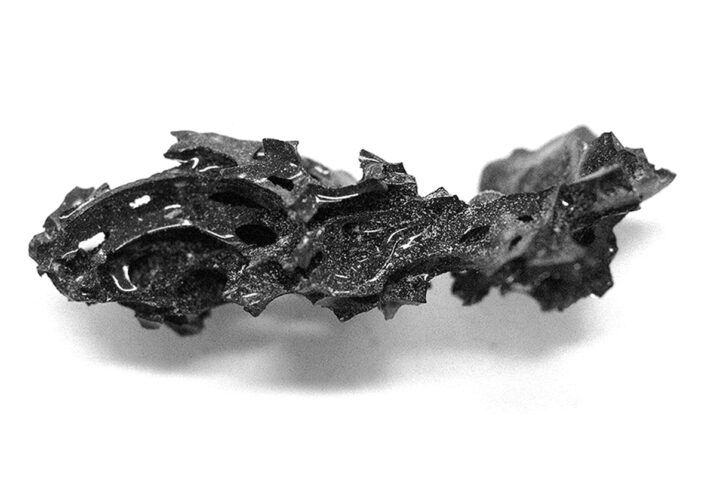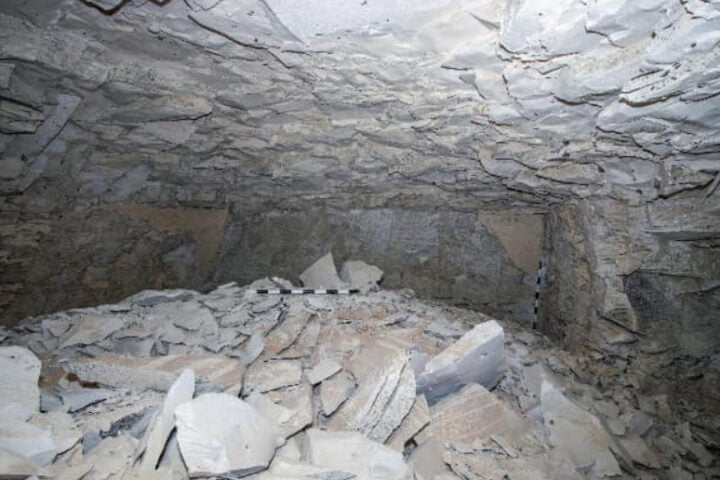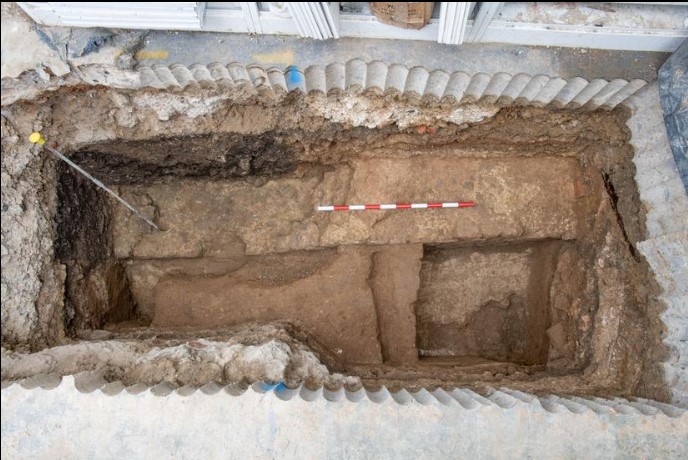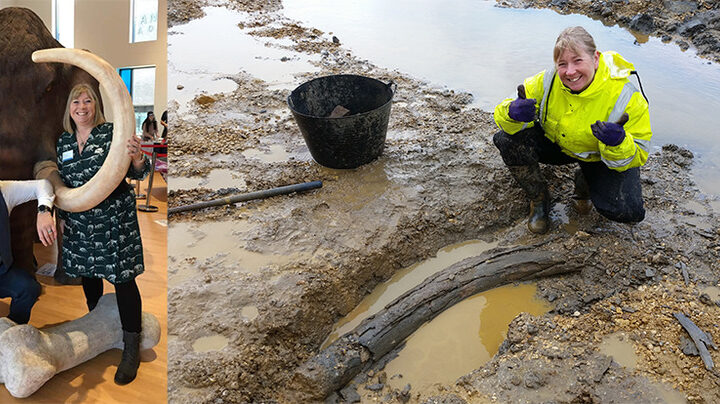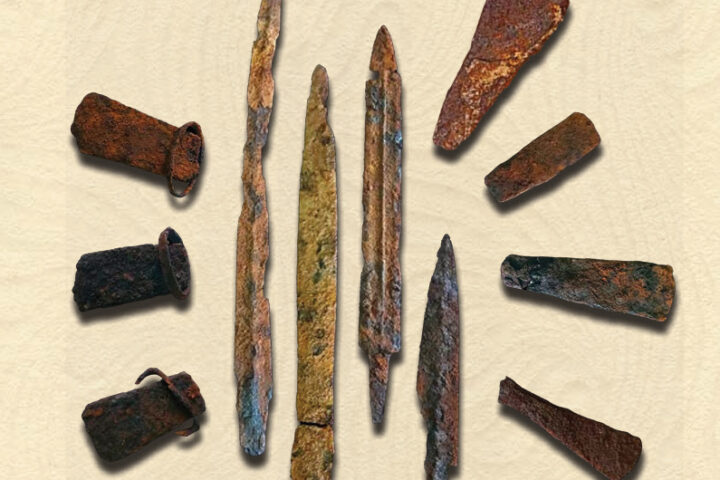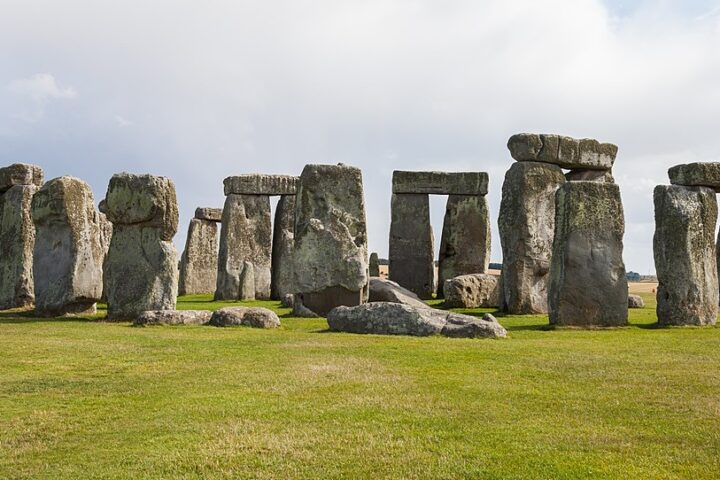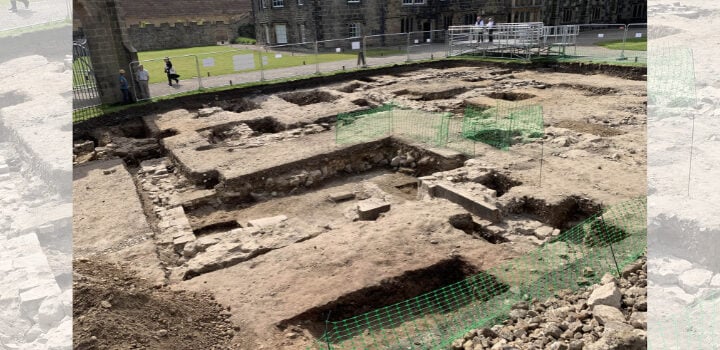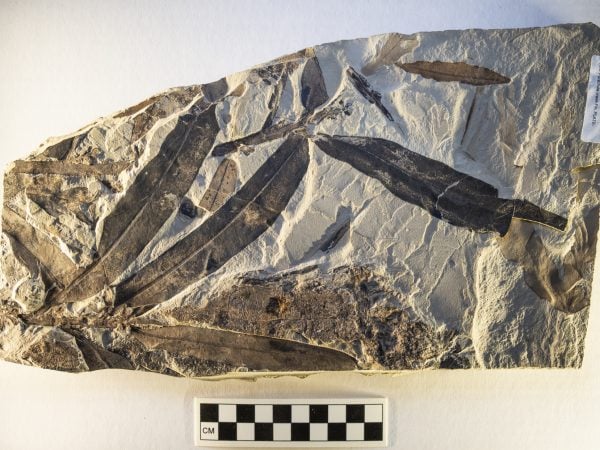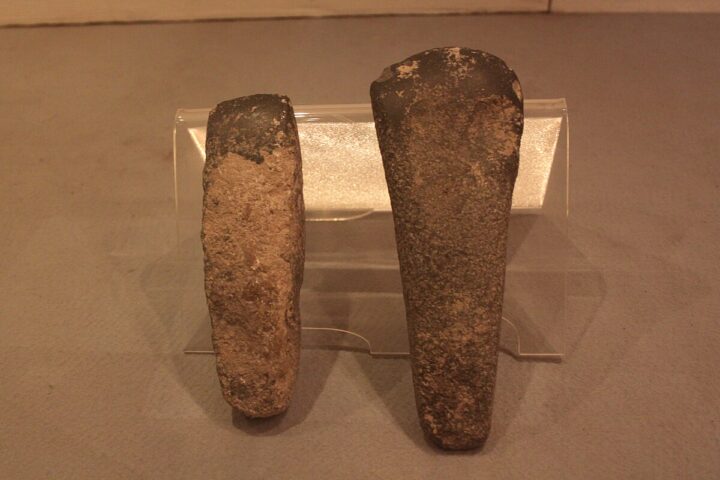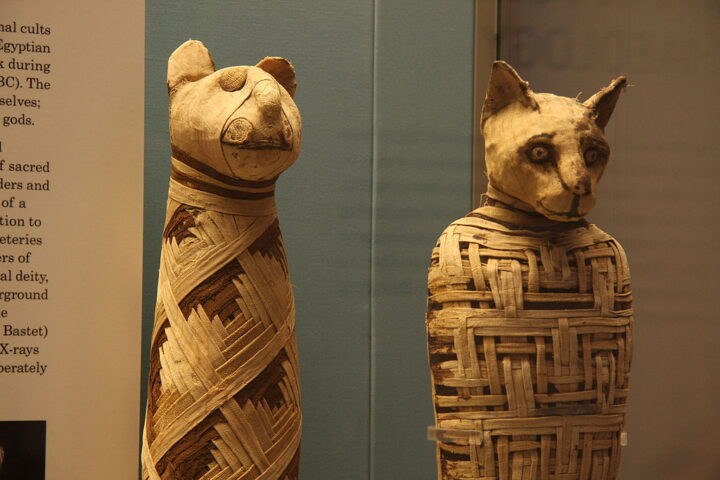In Berlin, Germany, researchers discovered the oldest spider fossil in the country The specimen, named Arthrolycosa wolterbeeki, hails from the late Carboniferous period and offers a unique glimpse into the evolutionary history of these eight-legged creatures.
A Glimpse into the Past
The fossil, discovered in the Piesberg quarry near Wallenhorst, Lower Saxony, is believed to be from the Moscovian strata, dating back approximately 315-310 million years. This makes it the oldest known spider from the Palaeozoic era in Germany. The specimen reveals several intriguing features, including a posteriorly tuberculate dorsal opisthosoma and elongate legs, with the first leg being longer than the subsequent two.
Significance of the Discovery
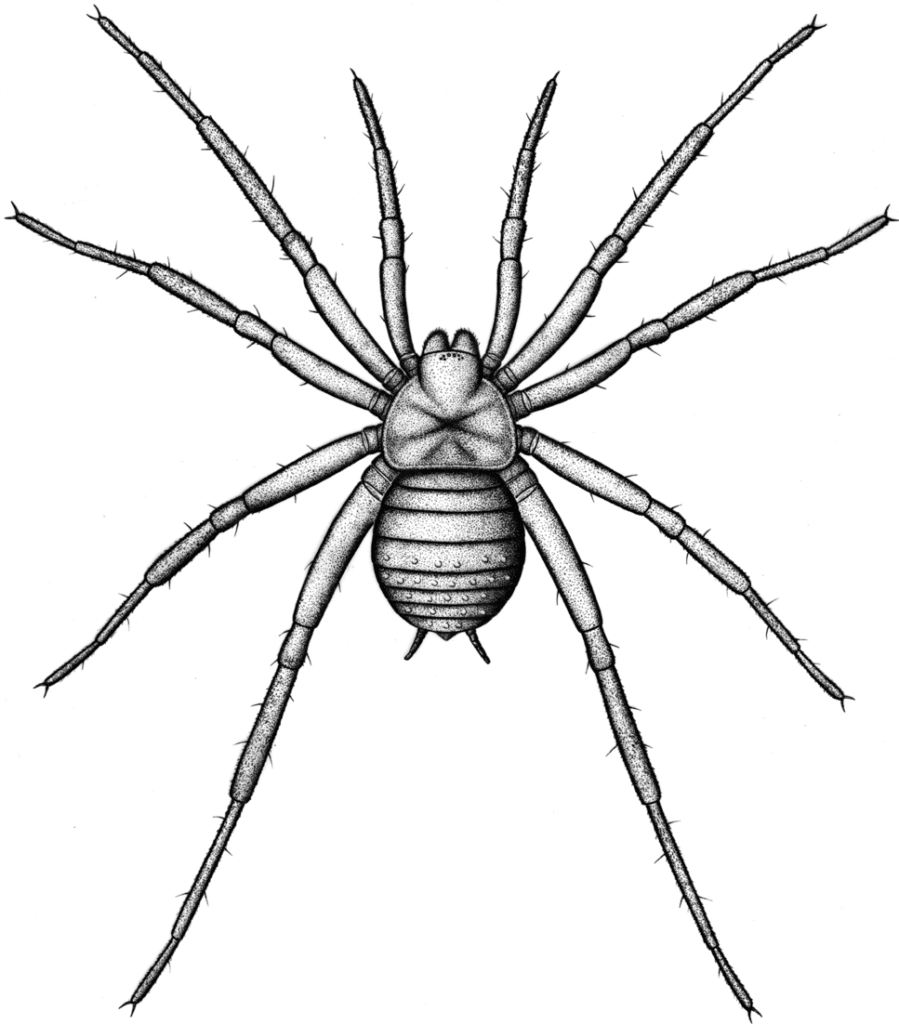
While modern spiders are abundant and diverse, Carboniferous spiders are a rarity. This discovery challenges the previously held belief that spiders were only moderately diverse during the late Carboniferous period. The fossil record suggests that the major radiations within the spider lineage occurred later, possibly during the Mesozoic era.
Dr. Jason A. Dunlop, one of the authors of the study, commented, “This discovery not only pushes the boundaries of our understanding of spider evolution but also opens up a window into the ecological dynamics of the Carboniferous period.”
Similar Post
A Genuine Spider
One of the defining features of this ancient spider is the presence of spinnerets, confirming its status as a genuine spider rather than an extinct spider-like arachnid lineage. This is significant as spinnerets are one of the primary characteristics distinguishing spiders from other arachnids.
Dr. Emma Stone, a renowned arachnologist not involved in the study, remarked, “The presence of spinnerets in this fossil is a game-changer. It provides concrete evidence of the evolutionary lineage of spiders and their distinct separation from other arachnids.”
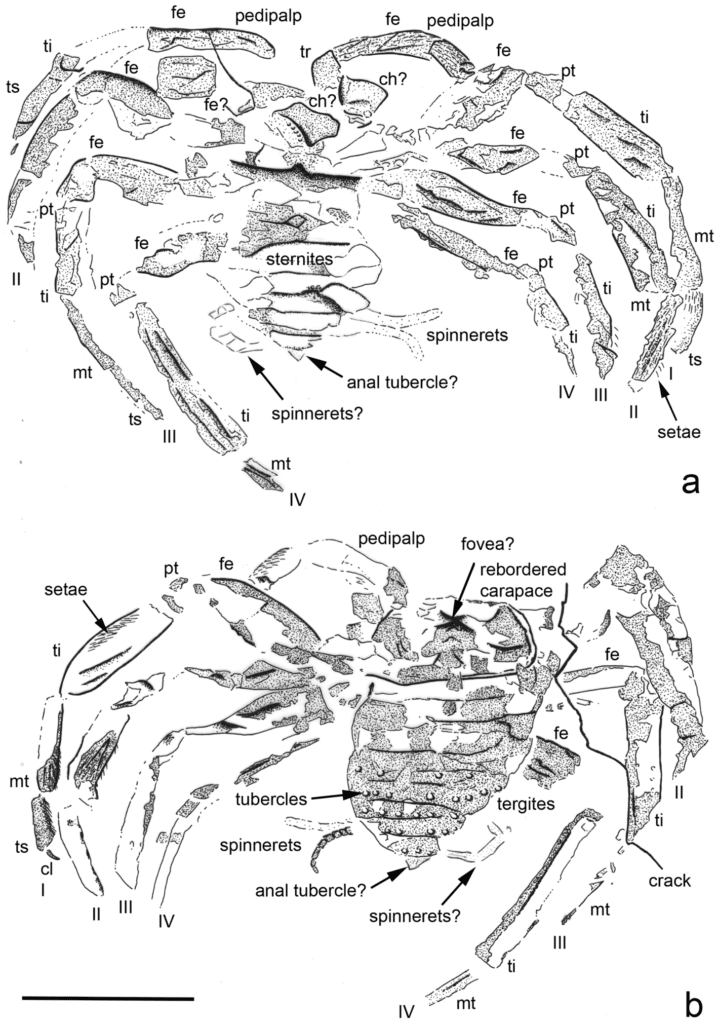
Implications for Future Research
The discovery of Arthrolycosa wolterbeeki sets the stage for further exploration into the evolutionary history of spiders. It makes us wonder about the environment of the Carboniferous period and what caused spiders to vary so much.
As researchers study the past, findings like this show how life on Earth constantly changes and how all living things are connected.

About the Museum für Naturkunde
The Museum für Naturkunde in Berlin is a leading institution in the field of natural history research The museum, with over 200 years of history, has a large collection and remains a leader in scientific research and discoveries.





